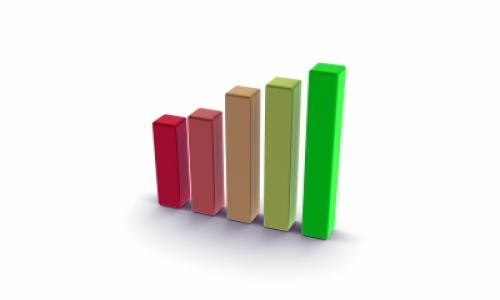There are three popular strategies for investing in bonds - the barbell, the bullet, and the laddered bond strategy.
Let's begin with the barbell strategy. With this strategy one would buy only short term issues and long term issues, without purchasing anything in between. The long term bonds usually allows you to lock in the highest yield available, while the short term issues provides capital in the near term should bonds take a real beating and other types of investments have become more attractive.
A second strategy is the lesser known bullet strategy. When using the bullet strategy you will buy only bonds that mature at the same point in time, such as when you retire and will need the money. You may want to lessen your exposure to interest rate risk at the same time so every two years you will buy a new issue. This strategy is often used to save for a particular date and to meet expenses on that date, such a child's college tuition or a retirement date.
A third strategy is the ladder. Ladders are a great strategy for staggering the maturity of your bond investments and for setting up a schedule for reinvesting them as they mature. With a laddered portfolio you have the choice of reinvesting back into the bond market if rates are favorable, or going elsewhere with your cash if you choose to invest in something else. With this strategy you will be capturing the higher rates at the end of the yield curve as well with your long bonds.
Many professional advisors select laddered strategies among six different issues, starting with a short bond, one that matures is two years, then stagger them out to twenty or twenty five years. How far you go out on a bond should be determined by the yield curve.
In a typical market the shorter the bond, the less the risk, therefore the lower the yield. In a normal yield curve, current yield you are able to capture will be fairly low. The farther out you go on the curve, or the longer the investment is outstanding the higher your rate of return. A thirty year bond may pay five percent while a fifteen year bond may pay three percent. There are times when a yield curve becomes flattened or even inverted. That is the yield curve at its most basic. Ask your financial advisor or CPA about the yield curve before buying bonds.




Add your Comment
or use your BestCashCow account